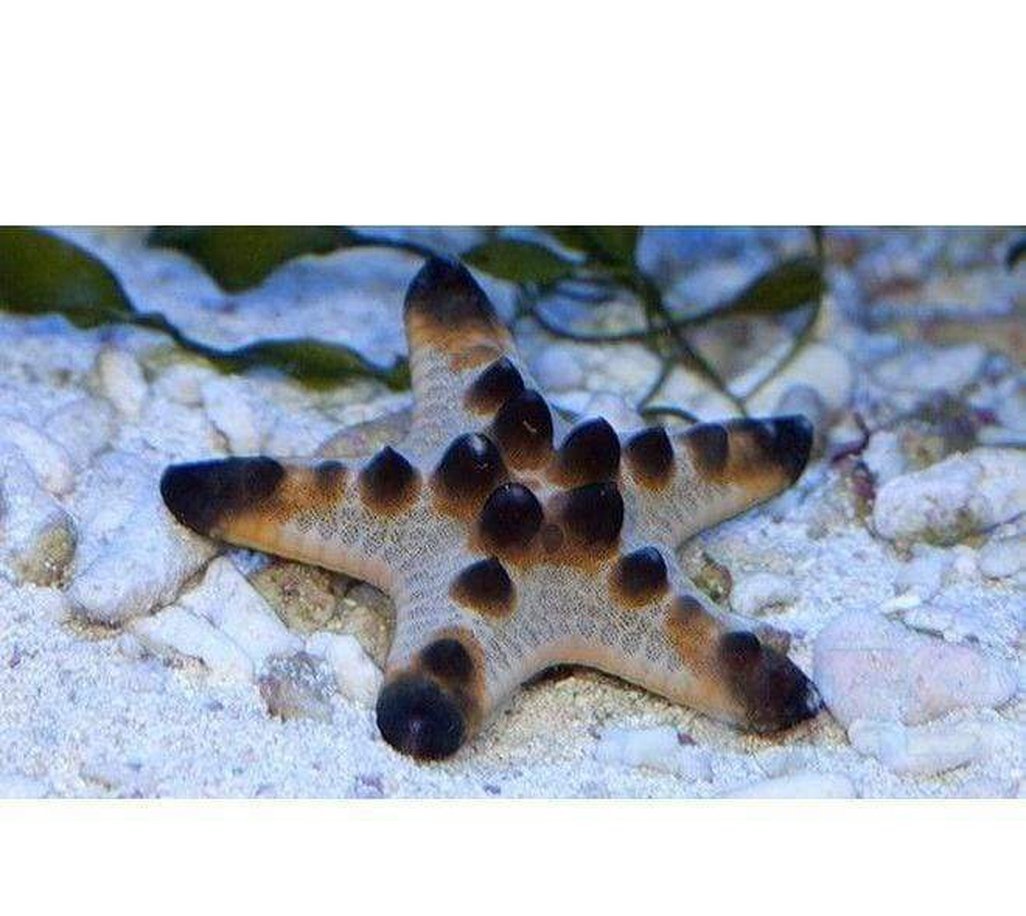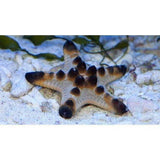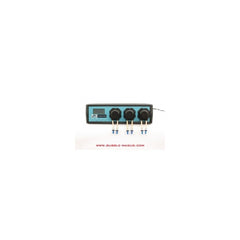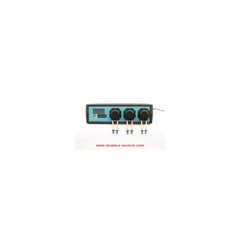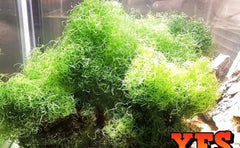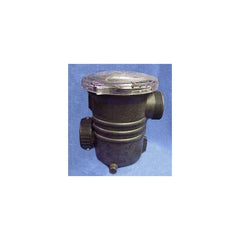X3 Chocolate Chip Starfish Package - Protoreaster Nodosus
Ebay
$ 106.53

x3 CHOCOLATE CHIP STARFISH PACKAGE - PROTOREASTER NODOSUS - FREE SHIPPING
Care Level: Easy
Temperament: Peaceful
Reef Compatible: No
Water Conditions: 72-78° F, dKH 8-12, pH 8.1-8.4, sg 1.023-1.025
Max. Size: 1' 3"
Diet: Carnivore
HABITAT
Chocolate chip sea stars live in the warm areas of the Pacific Ocean, Indian Ocean and Red Sea. Found all over sea grass beds and sandy areas, these sea stars live in shallow water areas. They can also be found on coral reefs to depths of 100 feet.
DIET
They feed on sponges, coral, oysters, clams, algae, shellfish, bacteria and detritus or waste products and the remains of dead plants and animals. Since they do not have eyes, Chocolate Chip Sea Stars hunt using their sense of smell. Once they smell something they want to eat, the sea star carries itself over to its food. The mouth of sea stars is on the oral surface or underside of their body; the mouth lacks teeth. The star covers its food, then pushes out its stomach from inside its body and covers it. Stomach juices smother the food, and cilia or tiny hairs move its now gooey meal inside the sea star’s body. Sea stars have a unique adaptation for consuming bi-valve mollusks (oysters, clams, mussels, etc.). Stars insert a portion of their stomach into the small “gape” between the valves of a mollusk. Stomach enzymes are released and digest the fleshy part of the mollusk inside its own shell. The digested contents are moved back into the sea star leaving an empty bi-valve shell. Most bi-valve mollusks are at the mercy of sea stars, since their shells do not close perfectly.
BEHAVIOR
Chocolate Chip Sea Stars reproduce by spawning or releasing eggs and sperm into the ocean at the same time. Females can produce up to 65 million eggs per each spawn. Since the egg and sperm are spawned, fertilization or the joining of egg and sperm to form a tiny sea star is most likely to occur if a large number of sea stars have gathered in the same area and spawn at the same time. Sea stars go through five growth stages before coming to be the star-shaped animals with which we are familiar. During the first month, the sea star freely floats around looking like a tiny sea jelly or blob. It can barely be seen by the eye and feeds on tiny plants and animals floating in the ocean. The baby sea star then metamorphoses or changes shape into a star-shaped creature. For the next six months, the juvenile sea star slowly grows, finds a hidden home under reef rock and rubble, and begins feeding on algae. After they get big enough, these sea stars emerge and begin to travel the reef in search food. After two years the sea star stops growing and is developed enough to reproduce.
PREDATORS
Although starfish are fairly well armored and generally ignored by most fish, several types of fish will view them as food, including triggerfish, pufferfish, boxfish and parrotfish. Also, other types of starfish are known to be cannibalistic and eat one another.
Also known as the Nodular Sea Star, or Chocolate Chip Starfish, the Chocolate Chip Sea Star naturally inhabits a fairly large habitat. Though most commonly found in shallow lagoons, the Chocolate Chip Sea Star can also be found at depths down to 75 feet deep in the Indo-Pacific reef region. A large aquarium with open access to a mature sand bed several inches in depth best recreates the preferred habitat of the Chocolate Chip Sea Star. While relatively hardy, the Chocolate Chip Sea Star requires particular attention to water quality. Like many invertebrates, the Chocolate Chip Sea Star requires high water quality and will not tolerate high nitrate levels.
The Chocolate Chip Sea Star should be kept in a large marine aquarium housing mild-mannered fish. Since they are slower moving than most fish, it should not be housed with predatory fish, including Triggerfish and Puffers. The Chocolate Chip Sea Star is not considered reef compatible since adults will eat soft corals, sponges, tubeworms, clams, and other starfish. Keep in mind that the Chocolate Chip Sea Star is only appropriate for very large aquariums since it can grow up to 15 inches in diameter.
The color of the Chocolate Chip Sea Star may b
QUESTIONS & ANSWERS
Have a Question?
Be the first to ask a question about this.

